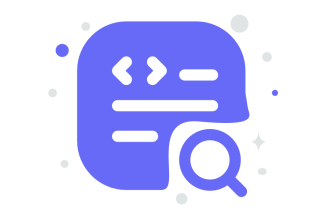

What is reverse engineering?
Reverse engineering is the process of analyzing and understanding the design and functionality of a product, system, or software by breaking it down into its constituent parts and components. This is typically done in order to recreate, modify, or improve upon the original product or to create a compatible product. Reverse engineering can involve a range of techniques, including disassembly, analysis of software code or circuitry, and experimentation. It is often used in industries such as software development, electronics, and manufacturing to learn from and improve upon existing products or to create new ones that are similar or compatible with existing products.
Software reverse engineering protection is a critical concern for software developers, as it involves protecting their intellectual property and preventing unauthorized access to their software. Reverse engineering is the process of analyzing software code to understand how it works or to modify it for a specific purpose. In this article, we will discuss the importance of software reverse engineering protection and the methods that developers can use to protect their software.
Why protect against reverse engineering?
Reverse engineering can be used to gain unauthorized access to a software program, steal proprietary code, or create competing products. It can also be used to modify a software program for malicious purposes, such as introducing malware or viruses. Software reverse engineering protection is essential for protecting the intellectual property of software developers and ensuring the integrity of their products.
Methods for software reverse engineering protection
There are several methods that developers can use to protect against software reverse engineering. These include:
- Code Obfuscation
Code obfuscation involves modifying the code of a software program to make it more difficult to understand or reverse engineer. This can include renaming variables, changing the order of code blocks, and adding useless code. Obfuscation can make it harder for a reverse engineer to understand the code, as the code structure is deliberately made more complex.
- Anti-Tampering Techniques
Anti-tampering techniques are used to prevent unauthorized modification
of a software program. This can include measures such as checksums or digital signatures, which ensure that the code has not been altered. Anti-tampering techniques can also include measures that detect whether a program is running in a virtual environment or sandboxed, which can be an indication of reverse engineering.
- Encryption
Encryption involves using algorithms to scramble the software code so that it cannot be read or understood without the decryption key. This can be an effective method of preventing reverse engineering, as it makes it virtually impossible to understand the code without the key.
- License Management
License management involves controlling the distribution and usage of a software program through licensing agreements. This can include measures such as product activation, license key verification, or usage monitoring. License management can help prevent unauthorized usage and distribution of the software program, which can help protect against reverse engineering.
Conclusion
Software reverse engineering protection is essential for software developers who want to protect their intellectual property and ensure the integrity of their products. Developers can use a range of techniques to protect against reverse engineering, including code obfuscation, anti-tampering techniques, hardware-based protection, encryption, and license management. By implementing these methods, software developers can help prevent unauthorized access and modification of their software programs, while also protecting their revenue streams and reputation.